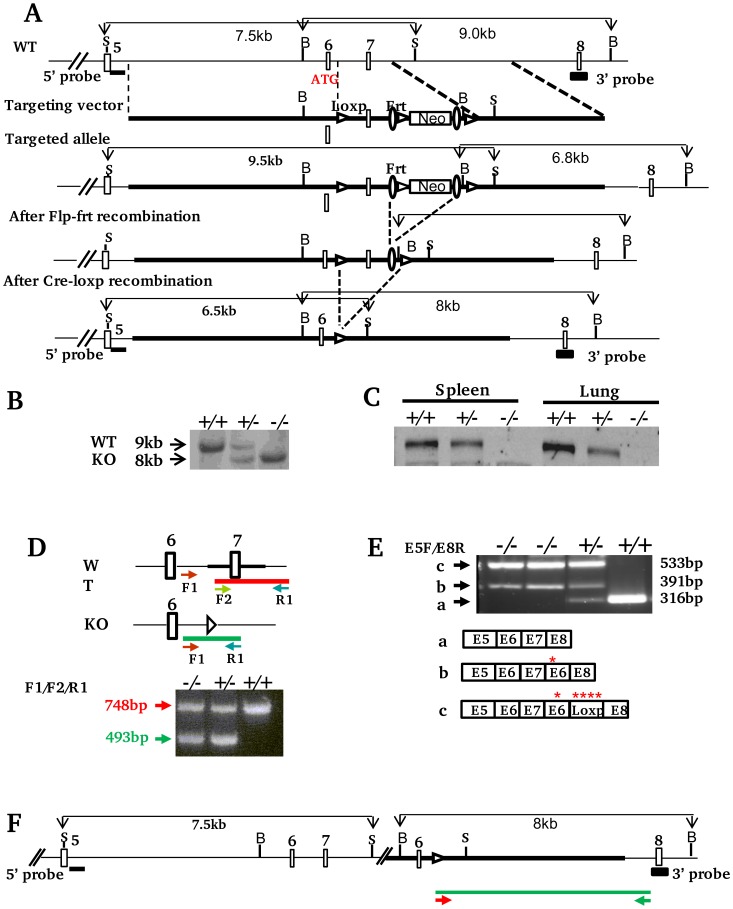Figure 1. Generation of Xb130−/− mice. A. Schematic strategy of xb130 gene targeting.
Structure of Xb130 gene (5′ part), targeting construct, targeted allele and final knockout allele are shown (Empty Boxes: exons; S: SacI; B: BamHI, Filled boxes: Sites for Southern blot probes). Homologous recombination of ES cell genomic DNA with targeting construct inserts Loxp and Frt sites flanking an 879 bp region including Exon 7 and a floxed neomycin cassette. The deletion of Exon 7 causes a frame shift mutation and translation termination in Exon 8. B. Southern blotting with 3′ probe. Mice were derived from Xb130+/− progeny. C. Western blotting. Protein lysates were extracted from spleen and lung tissues of Xb130+/+, Xb130+/− and Xb130−/− mice that were genotyped by Southern blotting. D. PCR based genotyping. Arrows indicate the location of primers used for PCR amplification. PCR product amplified from F1 and R1 in WT allele was undetectable due to competition from short product F2/R1. E. RT-PCR. The exons of RT-PCR products from WT (a) and knockout (b and c) mice are indicated based on sequencing data. Red stars indicate induced in-frame stop codons. F. Predicted Xb130 knockout allele based on RT-PCR and genomic PCR data. The primers used for long PCR and the amplicon are indicated as arrows and green line respectively.

